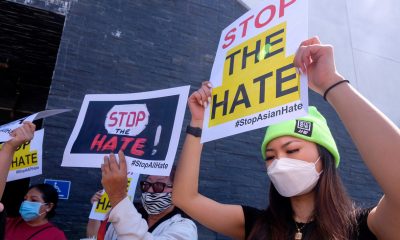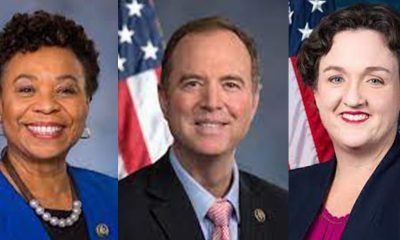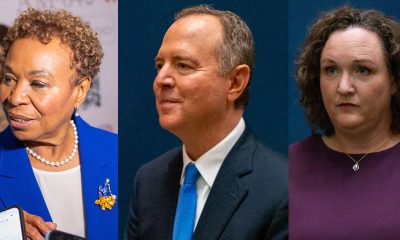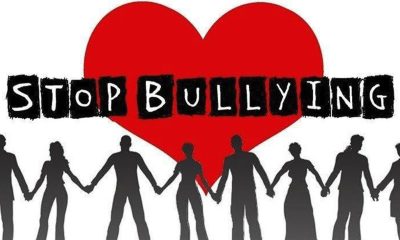Featured
VOTERS OF COLOR RESTORED DEMOCRACY IN AMERICA IN 2020 PRESIDENTIAL ELECTION

In a country that is polarized and hurt by Covid-19 and a divisive leadership, a massive turnout of voters resulted in a close election where Democrat Joe Biden was pushed across the finish line by large majorities of voters of color.
On Saturday, Joe Biden and Kamala Harris were the projected winners of the 2020 elections, relegating Donald Trump to a one-term, even as he refused to concede, and his lawyers tried legal maneuvers to argue electoral fraud.
The Democratic presidential ticket reached that goal mainly because communities of color rejected the Trump Administration by large margins, explained experts who discussed the numbers, the history, and the motivations of electoral choices by communities of color in the United States in a briefing with ethnic media.
Election eve surveys and exit polling confirmed that the majority of white voters voted for President Donald Trump, but that Asian Americans, Latinx, and Black voters turned out in record numbers to oust the incumbent, and to propel the first woman of color into the White House.
According to the American Election Eve Poll by Latino Decisions, 56% of whites voted for Trump. A CNN exit poll found a similar number, 57% of whites voting for the President.
But voters of color were a different story. According to the LD poll, 70% of Latinos, 89% of Blacks, 68% of Asians, and 60% of American Indians voted for Biden.
“I want to thank people of color and communities of color for saving our democracy,” said Frank Sharry, executive director of America’s Voice at the Nov. 6 briefing organized by Ethnic Media Services.
“Speaking as a white man, I come from a community that voted in the majority for Donald Trump. And if it were not for the African American, Latinx, and Asian American Pacific Islander Community, we would not be celebrating the victory that we’re celebrating today,” said Sharry.
It was a very close election, a cliffhanger that lasted from Tuesday, November 3rd until Saturday morning, November 7th, when the official numbers made it clear that Biden-Harris had clinched the 270 electoral college votes needed.
That polarization and the states in which the Biden advantage played out made it clear that lopsided democratic votes by people of color had an outsize role in the results.
Stephen Nuño-Perez, a senior analyst at Latino Decisions, whose firm conducted an election-eve poll of ethnic voters in key battleground states, said that “it’s extremely difficult to win an election when you have mobilized minorities and Latinos in Phoenix, Las Vegas and Albuquerque”.
Latinx voters were critical in flipping Arizona blue, said Nuño Perez of Latino Decisions, pointing to counties such as Maricopa, Pima, and Yuma, which all have significant Latino populations.
Latinx voters also made their presence known in Florida, handing Biden victories in Miami-Dade, Tampa Bay, Orlando, and Broward County. In Miami, Cuban Americans threw their support behind Trump.
Nuño warned about taking some outliers, like the Cuban vote in Miami-Dade and a couple of counties near the border in Texas where Trump did much better with Latinos, to project that into the larger narrative.
“Yes, Latinos are not a monolith, and yes, they are a monolith, they do respond to certain types of messaging and at the national level, seventy percent of Latinos voted for Biden. That’s a clear pattern”, he said.
Theodore Johnson, a senior fellow at the Brennan Center for Justice, said that a summer of protests for racial justice along with the disproportionate numbers from COVID-19 and record levels of unemployment in black communities, galvanized Black voter turnout in record numbers to remove Donald Trump from office.
“That explains why we’re seeing Atlanta change Michigan, Philadelphia change Pennsylvania, Milwaukee change Wisconsin, and Detroit change Michigan,” he said. “That’s the enthusiasm and power of the Black vote.”
Overall Black voters were pragmatic, Johnson noted, pointing to South Carolina where they opted for Joe Biden over Kamala Harris or Corey Booker. “They picked the candidate they thought had the best chance of winning over white voters.”
Johnson attributed the small increase in Black males voting for Trump to those Black Republicans who had opted to vote for the first Black president in 2008 and 2012 and who were now returning to the Republican Party.
Asian Americans turned out in significant numbers for the 2020 election, said John Yang, president and executive director of Asian Americans Advancing Justice. Some 300,000 were first-time voters.
Exit polls-plus pre-election polls showed there was much more enthusiasm to vote, Yang noted. Between 65%-70% of AAPI voters supported Biden, with 30 percent voting for Trump, consistent with voting patterns in 2012 and 2016.
While one-third of Asian Americans live in the 10 battleground states, and it would be easy to attribute the margin of victory in Nevada, Arizona, Georgia, and Pennsylvania to the AAPI vote. But Yang said it was the common values that brought Black, Latinx, Native, and Asian Americans together that provided the margin of victory for Biden in those states.
Yang recalled June 16, 2015, when Trump rode down an escalator at Trump Towers to announce his bid for the White House. “That was a defining moment for me and changed my career path. When he talked about illegal aliens being rapists and gangsters and criminals, he was talking about me because I was at one point an undocumented immigrant.”
Mark Trahant, editor of Indian Country Today, discussed the impact of the Native American vote, indicating that a large number of Native Americans ran for elected office and that next year’s Congress will have a caucus with three Republicans and three Democrats. “This will give a bipartisan spin on Native issues,” he said.
Native Americans were also elected to state Legislatures including Arizona and Kansas.
Sharry, of America´s Voice, said that the massive vote by minorities was also a rejection of Trump´s flagstone issue: xenophobia and racism.
“An American public was forced by Donald Trump and his extremism to choose, and they chose to come down on the side of refugees and immigrants. This is a statement of what a multiracial majority in America said through this election. They said ‘we want to be a welcoming country. We don’t like Trump’s separation of families.’”
Activism
Oakland Post: Week of July 24 – 30, 2024
The printed Weekly Edition of the Oakland Post: Week of July 24 – 30, 2024
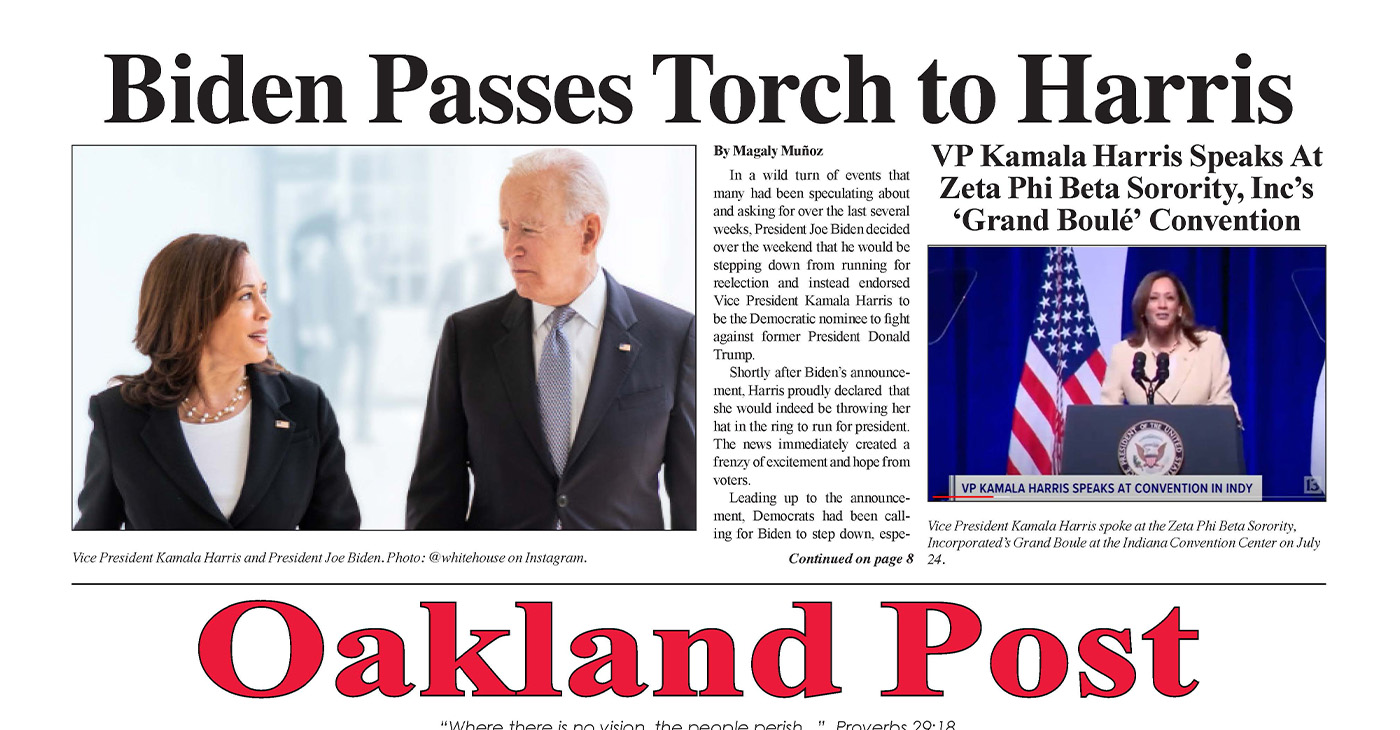
To enlarge your view of this issue, use the slider, magnifying glass icon or full page icon in the lower right corner of the browser window. ![]()
#NNPA BlackPress
NNPA NEWSWIRE — Reflecting on his long career, Biden expressed deep gratitude and pride. “Nowhere else on earth could a kid with a stutter from modest beginnings in Scranton and Claymont one day sit behind the Resolute Desk in the Oval Office. But here I am. That’s what makes America special,” he remarked, his voice tinged with emotion.
The post first appeared on BlackPressUSA.

Biden: Our Democracy Demands New Leadership
By Stacy M. Brown, NNPA Newswire Senior Correspondent
@StacyBrownMedia
In an impassioned address from the Oval Office, President Joe Biden laid bare his decision to step down from the 2024 presidential race, urging Americans to embrace a new generation of leadership. “Saving democracy is more important than any title. It’s time to pass the torch to younger voices,” Biden declared in an address that signaled a transformative shift in American politics.
Following his decision over the weekend to bow out of the race for re-election, Biden’s announcement was a clarion call for renewal. Stressing the moment’s urgency, Biden emphasized that the future of democracy depends on fresh, dynamic leadership. He endorsed Vice President Kamala Harris as the embodiment of this new era. “Years ago, I described myself as a transitional candidate, and now it’s time for that transition to take full effect,” Biden said, positioning Harris as the future of the Democratic Party.
While refraining from mentioning former President Donald Trump by name, Biden clarified that he views the twice impeached and 34 times convicted felon Republican presidential nominee as a fundamental threat to democratic values. “My record as president, my leadership on the global stage, and my vision for America’s future all merited a second term,” Biden stated. “But nothing can stand in the way of safeguarding our democracy. That includes personal ambition. So, I’ve decided the best path forward is to pass the torch to a new generation.”
Reflecting on his long career, Biden expressed deep gratitude and pride. “Nowhere else on earth could a kid with a stutter from modest beginnings in Scranton and Claymont one day sit behind the Resolute Desk in the Oval Office. But here I am. That’s what makes America special,” he remarked, his voice tinged with emotion.
Biden acknowledged that doubts about his ability to defeat Trump influenced his decision. “I revere this office, but I love my country more,” he said. “It’s been the honor of my life to serve as your president. But in defense of democracy, which is at stake, I think it’s more important than any title.”
Biden said he is determined to address crucial issues for the remainder of his term. His agenda includes lowering family costs, defending personal freedoms, protecting voting rights, combating cancer, addressing gun violence, and advocating for Supreme Court reform. Internationally, he said he aims to strengthen NATO, support Ukraine, and seek an end to the conflict in Gaza.
Biden’s endorsement of Harris has galvanized the Democratic Party, with Harris swiftly securing the backing of a majority of Democratic delegates. “I’m not going anywhere,” Biden reassured his campaign staff, now supporting Harris. “I’m going to be out there on the campaign trail with her, working tirelessly as both a sitting president and a campaigner.”
The landmark address, along with Biden’s anticipated speech at the Democratic National Convention, could prove pivotal in defining his legacy. “In a few months, Americans will decide the direction of our nation’s future,” Biden stated. “I have made my choice. I’ve expressed my views. Now the decision is in your hands, the hands of the American people.”
In the days before his decision, Biden confided in close advisors about his concerns regarding another run against Trump. His acknowledgment of those doubts underscored his commitment to putting the country’s needs above his ambitions. “The defense of democracy must come before all else,” he reiterated.
As Biden prepares to support Harris in her campaign, he remains focused on his presidential duties. His administration continues to push for significant legislative achievements, reinforcing his enduring commitment to the American people. “In just a few months, the American people will choose the course of America’s future,” Biden said. “The great thing about America is here, kings and dictators do not rule. The people do. History is in your hands. The power is in your hands. The idea of America lies in your hands.”
The post first appeared on BlackPressUSA.
#NNPA BlackPress
PRESS ROOM: Reparations Movement Partners Globally Mourn the Passing of U.S. Congresswoman Sheila Jackson-Lee
NNPA NEWSWIRE — we acknowledge the powerful legacy of U.S. Congresswoman Sheila Jackson-Lee. She was a steadfast leader in the fight for reparatory justice, carrying forward the legislative baton from the late U.S. Congressman John Conyers in 2018.
The post PRESS ROOM: Reparations Movement Partners Globally Mourn the Passing of U.S. Congresswoman Sheila Jackson-Lee first appeared on BlackPressUSA.

[July 22, 2024 – Chicago, IL] With an extremely heavy heart and a profound sense of loss, we acknowledge the powerful legacy of U.S. Congresswoman Sheila Jackson-Lee. She was a steadfast leader in the fight for reparatory justice, carrying forward the legislative baton from the late U.S. Congressman John Conyers in 2018. Her relentless efforts nearly brought HR 40 to passage in the House of Representatives in 2022, missing by just one vote. Her leadership was pivotal in advancing the bill out of the Judiciary Committee in April 2021 after a historic debate. Even after her diagnosis, Rep. Jackson-Lee fiercely collaborated with reparations leaders, pushing for President Biden to establish an HR40-like commission by Executive Order. She believed this executive path was crucial for addressing centuries of injustice. Despite setbacks in meetings with the President’s team, she remained optimistic and urged us to stay ready for progress.
The Earn the Black Vote Collaborative formed in 2023 in response to her urging to continue the fight for reparations. On April 25, 2024, the Collaborative released a poll showing significant support for President Biden to issue an Executive Order for Reparations. Congresswoman Jackson-Lee championed the poll’s findings, emphasizing the critical importance of reparations to African American and progressive communities. Her vision was clear: an Executive Order to create a federal reparations commission could drive transformative Black voter turnout and move the ball toward justice. She had wanted the Executive Order done by Juneteenth. Tragically, just a month after Juneteenth, she left us. We have lost a great leader for reparatory justice. In honor of her legacy, we call for the establishment of the Executive Order by President Biden. We extend our deepest condolences to Representative Jackson-Lee’s family. We call on reparation activists, leaders, and legislators globally to stand with us as we honor her legacy. May the Ancestors and the Creator receive her with joy.
About the Author:
Kamm Howard is a national and international reparations scholar and activist working for over 20 years building grassroots movements to obtain reparations for African descendants in the United States.
CONTACT:
Reparations United Phone: 773-985-2990
Email: kamm@reparationsunited.org Website: https://reparationsunited.org/
The post PRESS ROOM: Reparations Movement Partners Globally Mourn the Passing of U.S. Congresswoman Sheila Jackson-Lee first appeared on BlackPressUSA.
-
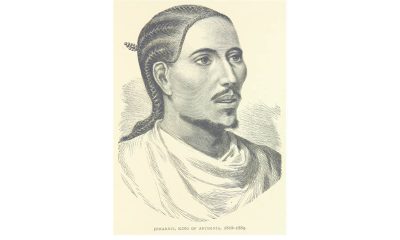
 Arts and Culture3 weeks ago
Arts and Culture3 weeks agoRooted in Tradition: The Intricate History of Black Hair Braiding
-

 Bay Area4 weeks ago
Bay Area4 weeks ago“I Will Not Be Bullied,” Says Oakland Mayor Sheng Thao
-

 Bay Area2 weeks ago
Bay Area2 weeks agoPG&E Increases Rates While Bay Area Households Are Struggling to Stay Afloat
-

 Business3 weeks ago
Business3 weeks agoGov Newsom: Raising Fast Food Minimum Wage to $20 Pays Off as Jobs Multiply in Industry
-

 Activism4 weeks ago
Activism4 weeks agoOpponents of Mayor Sheng Thao Are Calling on Her to Resign Following FBI Raid
-
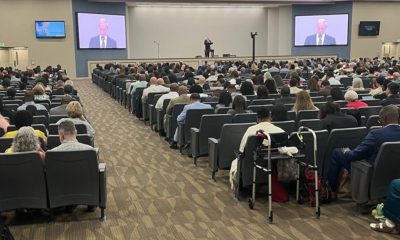
 Community1 week ago
Community1 week agoHundreds Come to Jehovah’s Witnesses’ Assembly Hall for Three-Day Program of ‘Good News’ in Fremont
-

 Bay Area2 weeks ago
Bay Area2 weeks agoJuneteenth Mass Shooting Suspect Charge with Multiple Counts of Felony Assault by Alameda County DA Pamela Price
-

 Activism4 weeks ago
Activism4 weeks agoOakland Coliseum Sale to AASEG: A Model for Community Development and Inclusion




